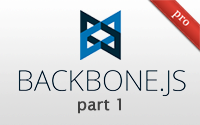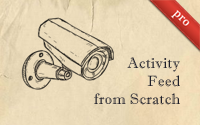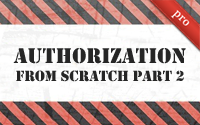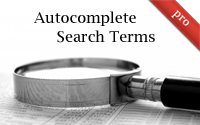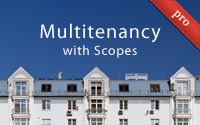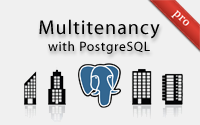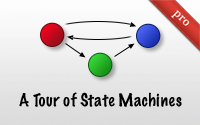Types
- Free Episodes
- Pro Episodes
- Revised Episodes
Categories
- Active Record
- Active Resource
- Active Support
- Administration
- Ajax
- APIs
- Authentication
- Authorization
- Background Jobs
- Caching
- Code Walkthrough
- Controllers
- Debugging
- Deployment
- eCommerce
- Forms
- Mailing
- Models
- Performance
- Plugins
- Production
- Rack
- Rails 2.0
- Rails 2.1
- Rails 2.2
- Rails 2.3
- Rails 3.0
- Rails 3.1
- Rails 3.2
- Rails 4.0
- Refactoring
- Routing
- Search
- Security
- Testing
- Tools
- Views
Backbone on Rails Part 1
In this first part of a two part series you will learn basic Backbone concepts including models, collections, routers, views and events. The backbone-on-rails gem is used for Rails integration with the asset pipeline.
(18 minutes)
Activity Feed from Scratch
Creating an activity feed presents some interesting challenges. Here I share my thought process behind my implementation including when to use callbacks and a few tricks with partials.
(14 minutes)
Dynamic Forms
Learn how to add fields to a form dynamically using another form, complete with custom field types. It's fieldception!
(14 minutes)
ActionController::Live
Server-sent events allow you to trigger events on the browser from a persistent connection to the server. This requires Rails stream data which can be done through ActionController::Live, a feature upcoming in Rails 4.
(14 minutes)
Service Objects
Models can quickly become a grab-bag of unrelated methods if behavior is constantly being pushed from the controller. Here I show how to refactor this using Concerns and Service Objects.
(12 minutes)
Authorization from Scratch Part 2
This finishes the series on building authorization from scratch by refactoring the permission logic into a DSL, restricting authorization with attributes, and combining with strong_parameters to protect params.
(20 minutes)
Autocomplete Search Terms
Learn how to add autocompletion to a search form and improve performance using Rack middleware, caching and switching from SQL to Redis.
(17 minutes)
Multitenancy with Scopes
A multi-tenant application can be difficult to implement because the data for each tenant must be completely separate. Here I show how to do this using subdomains and default scopes in Active Record.
(12 minutes)
Multitenancy with PostgreSQL
PostgreSQL Schemas can help create a multi-tenant app by keeping data separate at the database layer. Integrating with migrations can be tricky though, so watch this episode for the full details.
(11 minutes)
A Tour of State Machines
Here I show how three popular state machine gems can be used to clean up a list of boolean/datetime fields. I also show a custom solution which keeps track of the history of events.
(12 minutes)

